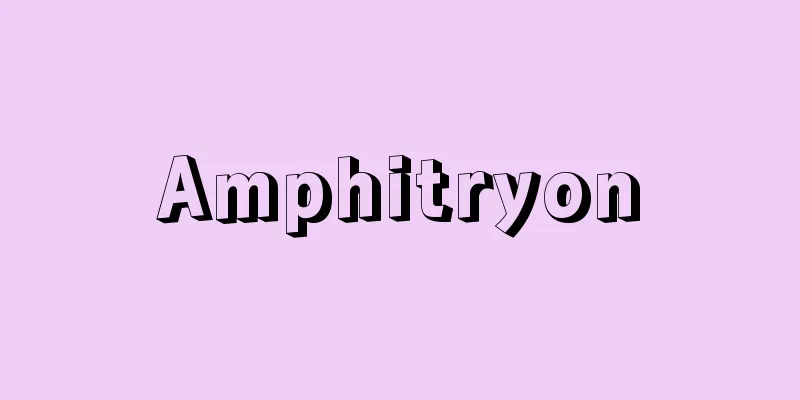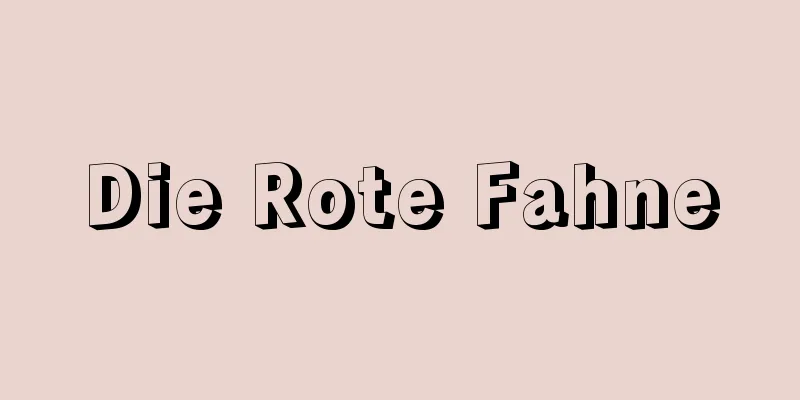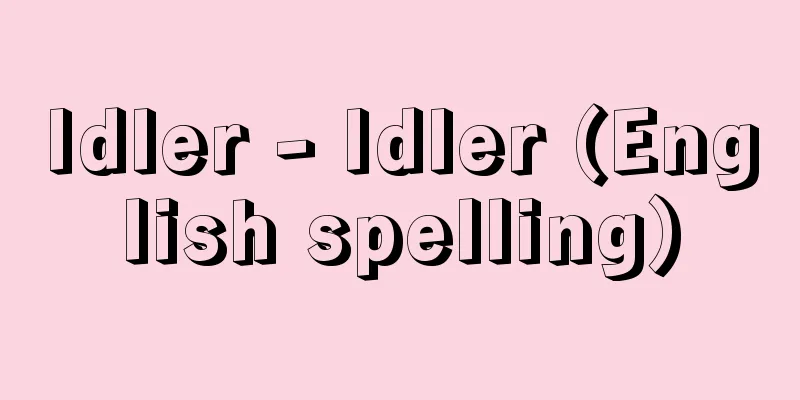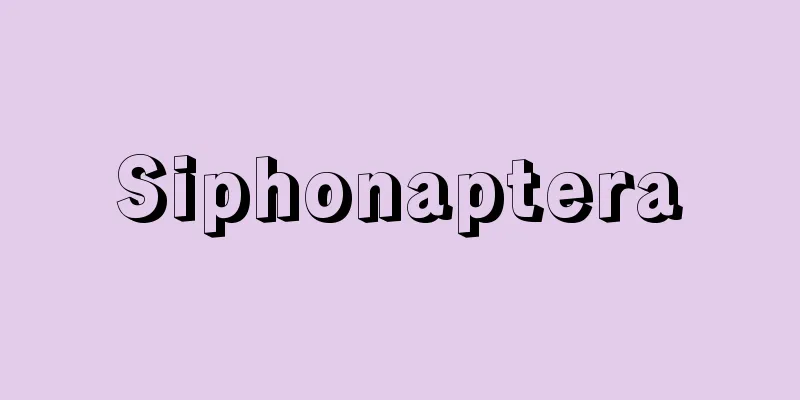Cardiac muscle

|
It occupies most of the tissue that makes up the heart wall, and is the muscle that controls the heart's contractile function, forming a thick myocardial layer. Structurally, it is a striated muscle (voluntary muscle) similar to skeletal muscle, but functionally it works like the smooth muscle (involuntary muscle) found in internal organs, and can contract even without motor nerves. In the striated muscle of the cardiac muscle, striated muscle cells are connected by tissue called intercalated discs to form structures called cardiac fibers, which are joined vertically to form cell columns. These cell columns also branch many times, forming a mesh structure overall. Striated muscle cells of cardiac muscles are thinner than striated muscle cells of skeletal muscles, have one or two cell nuclei (skeletal muscles are multinucleated), and have fewer myofibrils, which are structures inside muscle cells. The mesh structure of muscle fibers is filled with a capillary network. The myocardium is covered on the outside by the epicardium and on the inside by the endocardium. The myocardium of the atrium and ventricle each have their own unique course and are attached to the annulus fibrosus that forms the boundary between the atrium and ventricle. In other words, the atrial and ventricular muscles are completely separated by this annulus fibrosus. The atrial muscle layer is composed of two layers, the inner layer and the outer layer. The outer layer of muscle runs horizontally parallel to the annulus fibrosus, surrounding both the left and right atria. The inner layer of muscle runs vertically up and down the left and right atrial walls separately. On the other hand, the ventricular muscle layer is composed of three layers: the outer layer, the middle layer, and the inner layer. First, the outer layer of muscle starts from the annulus fibrosus and runs obliquely from the upper right to the lower left, then spirals at the apex of the heart to form a cardiac vortex, then enters the interior and transitions to the inner layer of muscle, running vertically separately on the left and right sides. The middle layer of muscle runs horizontally, surrounding each of the left and right ventricles separately. The middle layer of muscle is well developed in the left ventricular wall, which helps in pumping blood. The inner layer of muscle is weakly developed and thin, but some of it forms the trabeculae and papillary muscles of the inner wall of the ventricle. Trabeculae are the reticular increases of muscle fiber bundles found on the inner surface of the ventricle, and papillary muscles are muscle fibers that pull the atrioventricular valves. Papillary muscles are cone-shaped protrusions of trabeculae inside the ventricular cavity, and are stretched between the edges of each valve leaflet of the atrioventricular valve by chordae tendineae (thin tendinous cords), preventing the atrioventricular valves from inverting into the atrium. In addition to the myocardial fibers that make up the myocardium, the heart also contains special myocardial fibers that have been modified. These fiber systems gather in certain areas in the form of nodes or muscle bundles, and when stimulated by the autonomic nerves, they generate excitation, which is transmitted to each part of the heart, playing the role of the nervous system that regulates cardiac activity. This system is known as the cardiac conduction system. The system is made up of the sinoatrial node (Keith-Flack node), atrioventricular node (Tahara node), atrioventricular bundle, and Purkinje fibers. The sinoatrial node is a small mass of specialized cardiac muscle fibers with a network structure located near the opening of the superior vena cava in the wall of the right atrium, and is called the pacemaker. It keeps the heart in sync and generates periodic excitation, which promotes contraction of the entire atrium. The atrioventricular node is a network of specialized myocardial fibers in the wall of the right atrium anterior to the opening of the coronary sinus. The excitation of the atrium is transmitted to this node, and then to the ventricles by the atrioventricular bundle of specialized myocardial fibers emerging from this node. This atrioventricular bundle advances through the right atrial wall, penetrates the annulus fibrosus, descends through the membranous part of the interventricular septum, and at the upper end of the muscular part, divides into right and left bundle branches, which each enter just beneath the endocardium on the right and left ventricular sides. Both limbs of the atrioventricular bundle branch repeatedly under the endocardium to become thin muscle fibers that are distributed to the papillary muscles and trabeculae. These muscle fibers are called Purkinje fibers. Unlike skeletal muscle, which is made up of striated muscle cells that contract under the control of motor nerves, cardiac muscle has the ability to contract automatically, and even if a portion of the cardiac muscle is removed, it can contract spontaneously if the physiological conditions are right. In living organisms, the activity of the cardiac muscle is controlled by the conduction system. [Kazuyo Shimai] [Reference] | |©Shogakukan "> Structure of the Heart Source: Shogakukan Encyclopedia Nipponica About Encyclopedia Nipponica Information | Legend |
|
心臓の壁をつくる組織の大部分を占め、心臓の収縮機能をつかさどっている筋で、厚い心筋層をつくっている。構造上は骨格筋に似た横紋筋(随意筋)であるが、機能上は内臓器官にある平滑筋(不随筋)のような働きをしていて、運動神経がなくても収縮することができる。心筋の横紋筋は横紋筋細胞が介在板という組織でつながれ心筋線維とよばれる構造体となり、これらが縦に接合し、細胞柱をつくる。またこの細胞柱は何回も分岐し、全体として網目構造となっている。心筋の横紋筋細胞は骨格筋の横紋筋細胞よりも細く、細胞核が1~2個(骨格筋は多核性)で、筋細胞内部の構造物である筋原線維も少ない。筋線維の網目構造の中には毛細血管網が充満している。 心筋層は外面が心外膜、内面が心内膜に覆われている。心房と心室の心筋層はそれぞれ独特の走行をとり、心房と心室の境界を形成している線維輪に付着している。つまり心房筋と心室筋とはこの線維輪によって完全に分離されている。心房筋層は内層と外層の2層で構成されている。外層筋は左右の心房を共通に囲む状態で線維輪に平行して横走する。内層筋は左右の心房壁を別々に上下に縦走している。一方、心室の筋層は外層、中層、内層の3層で構成されている。まず外層筋は線維輪から始まると右上方から左下方に斜走し、心臓尖端部の心尖(しんせん)で螺旋(らせん)状に渦を巻いて心渦を形成し、内部に進入して内層筋に移行し左右別々に縦走する。中層筋は左右心室をそれぞれ別個に囲んで横走している。中層筋は左心室壁で発達がよく、このことが血液の拍出に役だっている。内層筋の発達は弱くて薄いが、一部は心室内壁の肉柱や乳頭筋を形成している。肉柱というのは心室内面にみられる筋線維束の網状の高まりをいい、乳頭筋は房室弁を引っ張っている筋線維である。乳頭筋は心室腔内の肉柱が円錐(えんすい)状に突出したもので、腱索(けんさく)(細い腱性のヒモ)によって房室弁の各弁膜の縁との間に張られていて、房室弁が心房の中に反転するのを防いでいる。 心臓には心筋層を形成している心筋線維とは別に、心筋線維が変化した特殊な心筋線維が存在する。この線維系は一定の部位に結節状や筋束状に集まり、自律神経の刺激を受けて興奮を発生し、これを心臓の各部分に伝達し、心臓の活動を調整する神経系の役割を果たしている、いわゆる心臓刺激伝導系である。刺激伝導系は洞房結節(キース‐フラック結節)、房室結節(田原結節)、房室束、プルキンエ線維から構成される。 洞房結節は右心房壁の上大静脈の開口近くにある網状構造をした特殊心筋線維の小塊で、ペースメーカーといわれ、心臓の歩調をとり、周期的な興奮を発生する。この興奮によって心房全体の収縮が促進される。 房室結節は右心房の冠状静脈洞の開口部前方の壁内に存在する特殊心筋線維の網状構造で、心房の興奮がこの結節に伝えられ、さらにこの結節から出る特殊心筋線維の房室束によって心室に興奮が伝えられる。この房室束は右心房壁を前進して線維輪を貫通し、心室中隔の膜性部を下行して筋性部の上端で右脚と左脚に分かれ、それぞれが右心室側と左心室側の心内膜直下に入る。 房室束の両脚は心内膜下で分岐を繰り返し、細い筋線維となり乳頭筋や肉柱に分布する。この筋線維がプルキンエ線維である。 心筋は運動神経の支配で収縮運動をおこす横紋筋細胞の骨格筋と異なり、自ら収縮運動をする自動性をもち、生理的条件を整えれば心筋の一部分を切り取っても、自発的に収縮運動をおこすことができるが、生体ではその心筋の活動に、刺激伝導系が関与している。 [嶋井和世] [参照項目] | |©Shogakukan"> 心臓の構造 出典 小学館 日本大百科全書(ニッポニカ)日本大百科全書(ニッポニカ)について 情報 | 凡例 |
Recommend
Huiling
…It is located about 14km east of the Royal Palac...
Acute gastroenteritis
What kind of infection is it? It is a transient i...
Textile industry - Oral discharge industry
…However, unlike England, France was unable to do...
Nojimazaki
A cape located in the Shirahama district of Minam...
《Bland Answer》 - A bland answer
...Graduated from Cambridge University. Her style...
Digital circuit - Digital circuit
An electronic circuit that performs logical operat...
Smetana - Bedřich Smetana
A composer who built the foundations of Czech nat...
Nagato [town] - Nagato
A former town in Chiisagata County, central Nagano...
Mirror [Village] - Kagami
A village in Tosa County in central Kochi Prefectu...
Absorption-dissociation test
… Dissociation is a chemical term, but in immunol...
Leder Karpfen (English spelling)
…These species were developed and improved long a...
Rumbling - Jinari
The phenomenon in which earthquake vibrations are...
Menologion (English spelling)
...The Martyrdom of Catherine of Alexandria (Maso...
Brodribb, JH
…British actor. Born John Henry Brodribb. He tour...
Alto Peru
…Meanwhile, in May 1810, an independence movement...









